www.dutchbirding.nl/dbactueel/20...
Well worth a read and listen if you haven't already. #UKBirding
Andrew Harrop
@ahjharrop.bsky.social
For sound recordings go to https://xeno-canto.org/contributor/HNYFHZLJOD
@ahjharrop.bsky.social
For sound recordings go to https://xeno-canto.org/contributor/HNYFHZLJOD
www.dutchbirding.nl/dbactueel/20...
Well worth a read and listen if you haven't already. #UKBirding
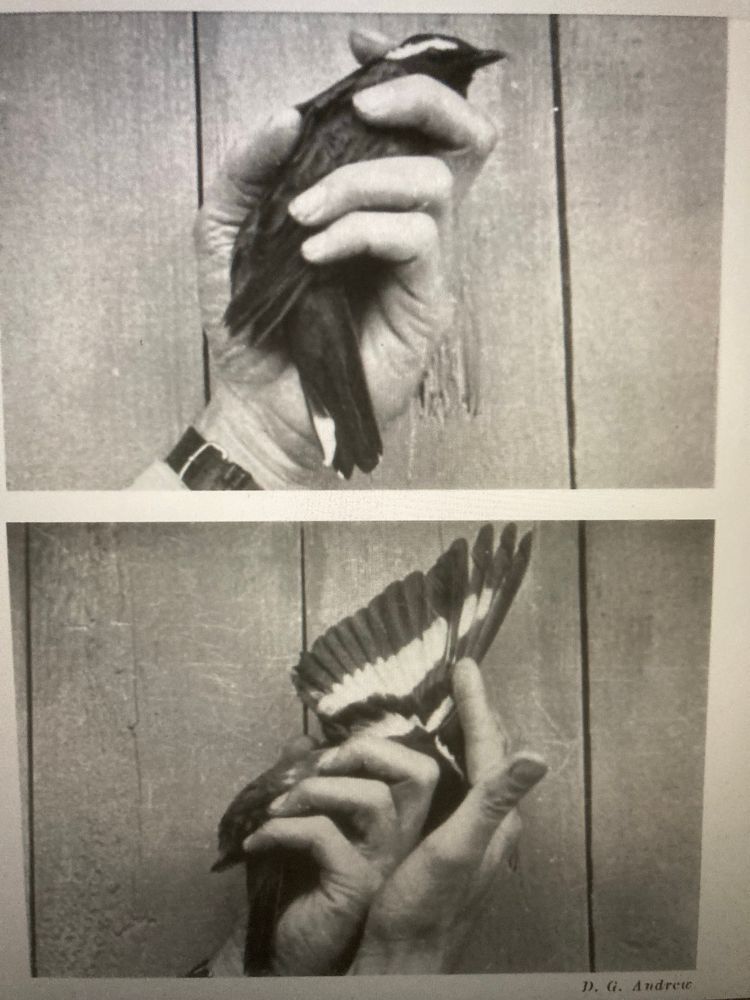
Here’s the adult male on Isle of May, 2nd October 1954, for comparison. #BirdingScotland
19.10.2025 07:39 — 👍 6 🔁 0 💬 0 📌 0
Here it is again yesterday on Bressay at Kirkabister with Greylags. I'd like better views of head and bill, but note faint brown iron staining on head often shown by wild birds (see e.g. Reeber). #BirdingScotland
15.10.2025 08:58 — 👍 10 🔁 1 💬 1 📌 0
Over 30 years decline of an iconic farmland bird, Red-backed Shrike Lanius collurio, in a Central European stronghold: meadow loss and shrub succession drive near-local extinction | doi.org/10.1017/S095... | Bird Conservation International | #ornithology 🪶
13.10.2025 15:31 — 👍 22 🔁 5 💬 0 📌 0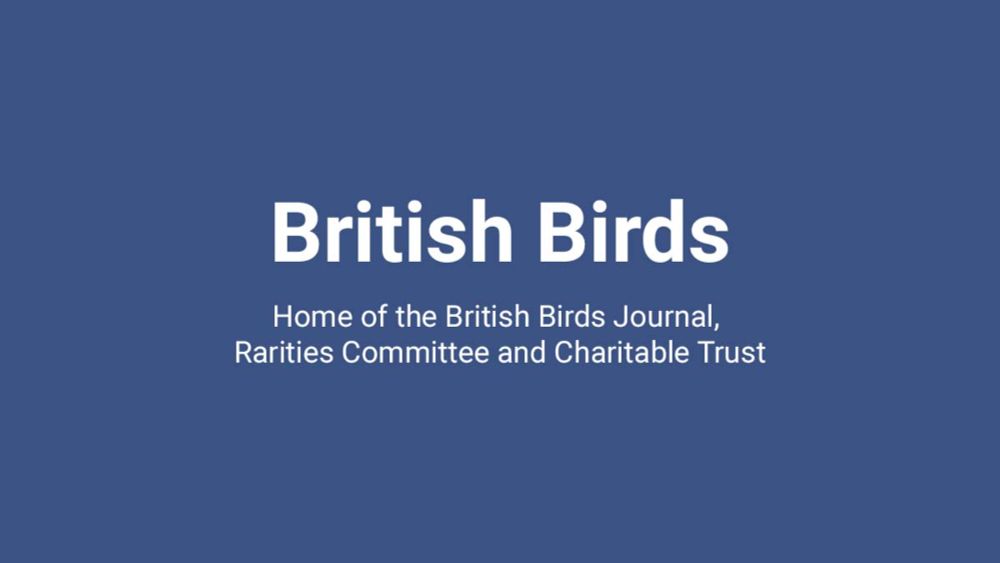
Short news piece on the Challenger expedition and the Band-rumped fiesta: britishbirds.co.uk/news/band-ru...
#RareBirdsUK

6/ Although some native species can also become superabundant & damaging (but only when triggered by disturbance), non-native species are far more likely to be implicated as a cause of global extinction:
t.co/9NUoV81a54

Now online in Journal of #Ornithology
Three decades of breeding bird population changes in a pristine Danish forest: climate-driven shifts and biodiversity loss compared to national trends
Open access
link.springer.com/article/10.1...
#BirdingScotland
10.10.2025 07:32 — 👍 0 🔁 0 💬 0 📌 0
It occurred to me that I couldn't think of (m)any photos of Short-toed Larks with other species in the frame for size comparison. So here's one of the recent Yell bird (right) with a Meadow Pipit. #BirdingScotland
07.10.2025 15:23 — 👍 18 🔁 0 💬 0 📌 0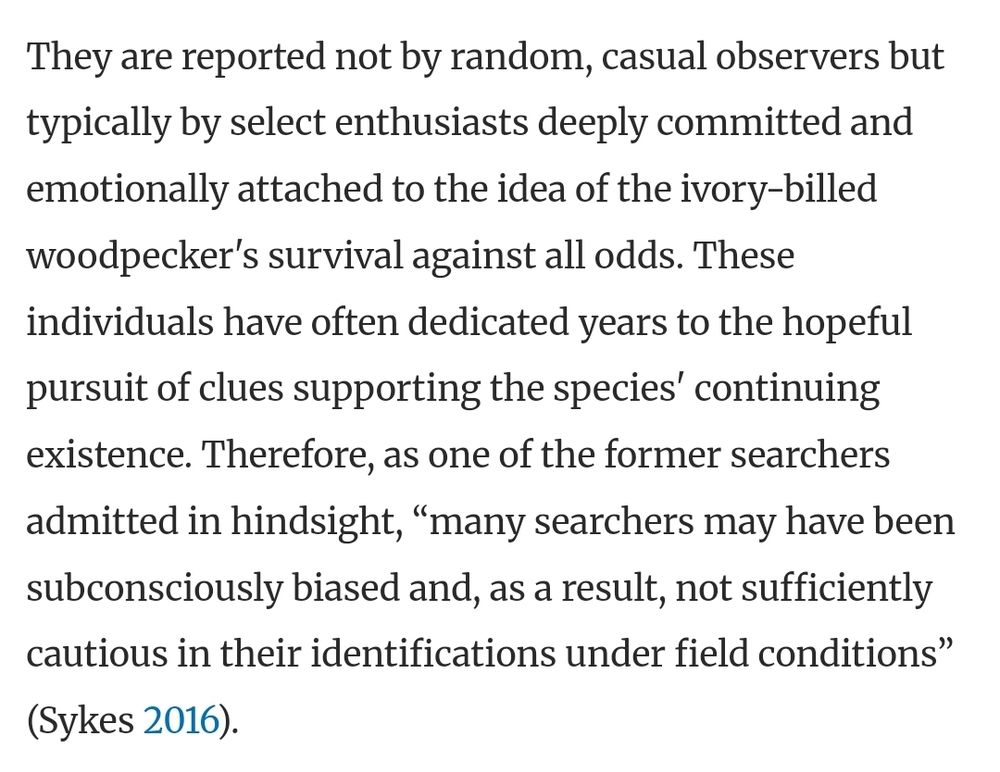
They are reported not by random, casual observers but typically by select enthusiasts deeply committed and emotionally attached to the idea of the ivory-billed woodpecker's survival against all odds. These individuals have often dedicated years to the hopeful pursuit of clues supporting the species' continuing existence. Therefore, as one of the former searchers admitted in hindsight, “many searchers may have been subconsciously biased and, as a result, not sufficiently cautious in their identifications under field conditions” (Sykes 2016).

The purported sightings invariably occur in flooded southern swamp forests deemed by the dedicated enthusiasts as the ideal habitat for the species and less often, if at all, frequented by other observers (Hill 2007, Collins 2019). The vastness and inaccessibility in the descriptions tend to be exaggerated: “Alligators, wild boars, and venomous snakes are abundant, and there is a danger of heat stroke during the summer and hypothermia during the winter” (Collins 2019), being a description of an area of less than 100 km2, a mere 40 kilometers (km) away from New Orleans, the most populous city in Louisiana. The LSU Museum of Natural Science in Baton Rouge, historically one of the most vibrant ornithological centers in the Unites States, is about 145 km away. An area of 100 km2 would by no means be vast enough even for a single ivory-billed woodpecker, let alone a breeding population, to hide in for long. Meanwhile, there are abundant eBird reports of other bird species from the same area (Pearl River swamp), with the widest gap between adjacent observations of pileated woodpeckers, as an example, being less than 5 km (figure 3).
I had missed this well written rebuttal on the purported Ivory-billed Woodpecker rediscoveries; these passages in particular are gold:🪶
academic.oup.com/bioscience/a... #Ornithology

Just published: Conservation genomics of two
endangered buntings reveal genetic diversity
before and after severe population declines. doi.org/10.1186/s129... Despite severe population declines, both species retained high genetic diversity but experienced increased inbreeding. #ornithology #birds

Late September has brought the usual heady mix of brief rarities, misidentifications, and some scarce migrants. Numbers of many 'common' migrants have been low, the only real exceptions to date being Sky Lark and Meadow Pipit. #BirdingScotland
30.09.2025 16:46 — 👍 15 🔁 1 💬 0 📌 0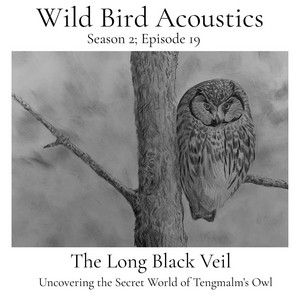
open.spotify.com/episode/1dlD...
Uncovering the migration patterns of Tengmalm’s Owl in Northern Sweden.
Wild Bird Acoustics brings you the penultimate episode of season 2.
Now Live!
Striking variation, including leg colour (from bright yellow to dull olive). I've even heard the odd call during this influx, though to date I've failed to record any.
15.09.2025 06:57 — 👍 2 🔁 0 💬 0 📌 0
Gosh. That Nathusius' Pipistrelle #bat spike just got a heck of a lot spikier! Not seen anything like this in several years of recording.
@nesmammals.bsky.social @batconservation.bsky.social @mammalsociety.bsky.social
No they aren’t normal - they were indeed as they appear in the photo taken this morning (in good light).
13.09.2025 16:57 — 👍 0 🔁 0 💬 1 📌 0
For those interested in these things, another variant, this time a ‘brown’ Starling near Cunningsburgh. Said to be quite a common variant, but perhaps overlooked. #BirdingScotland #ornithology
13.09.2025 10:36 — 👍 4 🔁 0 💬 1 📌 0
The last two days have brought a surge of migrants through south Mainland, Shetland. Personal highlights have included 124 Ruffs at Spiggie (the largest number I’ve seen for years), and a healthy scattering of Wrynecks like this one at Quendale. #BirdingScotland
10.09.2025 06:24 — 👍 102 🔁 4 💬 4 📌 2


Nice to see this white morph Gyr Falcon on North Ronaldsay today. But it seemed to be bearing a ring on its leg. Still nice to see and hopefully a wild one will turn up one day…
#BirdingScotland
#OrkneyBirding
I understand the reasons for print delays, but the August issue still hasn't been uploaded online for those with a digital subscription. This presumably isn't directly to do with print issues - can you let subscribers know what is happening please? #UKBirding
26.08.2025 17:59 — 👍 0 🔁 0 💬 1 📌 0
A sweeping new analysis of birdsong recordings from around the globe shows that light pollution is causing birds worldwide to start singing earlier and keep singing later. #ornithology www.npr.org/2025/08/21/n...
25.08.2025 18:56 — 👍 32 🔁 13 💬 0 📌 1
A nice comparison between Black-throated (left) and Red-throated Divers at Quendale this morning. Black-throated has been regular in August at this site in recent years. #BirdingScotland
20.08.2025 13:20 — 👍 18 🔁 0 💬 0 📌 0


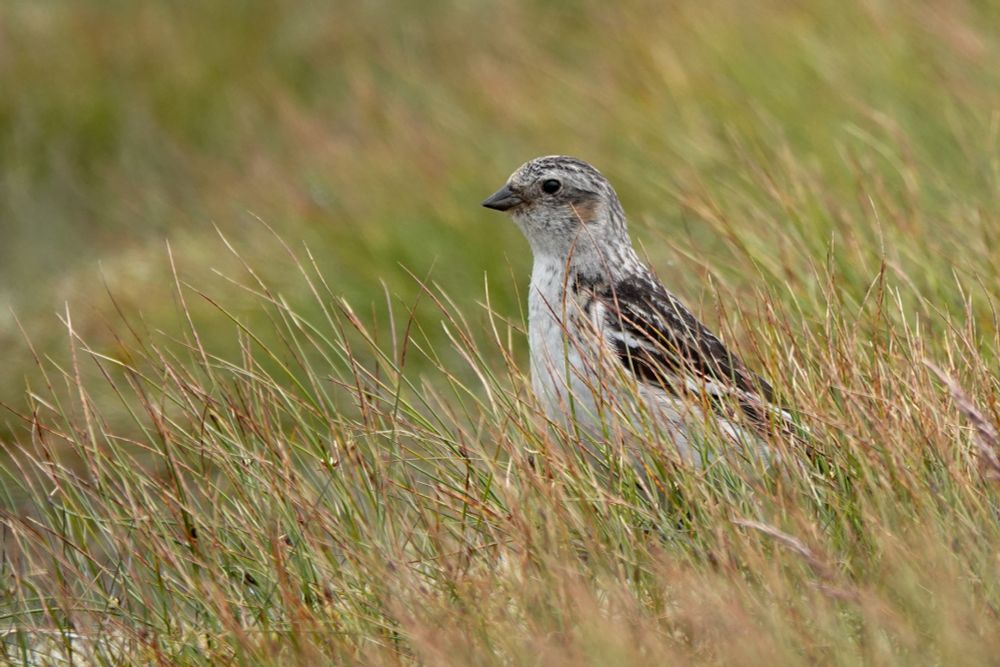
Living the dream working on the Cairngorm Plateau as part of the 2025 Montane Bird Survey. It was also very saddening - walking for days over swathes of beautiful habitat to find no Dotterel where there were once many... #BirdingScotland
28.07.2025 19:14 — 👍 35 🔁 4 💬 0 📌 1#BirdingScotland
28.07.2025 10:41 — 👍 1 🔁 0 💬 0 📌 0
July has mainly been about waders, but by far my most important discovery has been a breeding pair of Red-backed Shrikes in south Mainland (Shetland) which have now fledged young. You can listen to a recording here: xeno-canto.org/1019697 and others will follow in due course.
28.07.2025 05:04 — 👍 57 🔁 2 💬 2 📌 0
This white Starling which has been around Spiggie recently appears to be a true albino (most ‘white’ birds are leucistic). Albinos have poor eyesight, so it will be interesting to see how long it survives. #BirdingScotland #ornithology
18.07.2025 14:39 — 👍 9 🔁 0 💬 1 📌 0
open.spotify.com/episode/4hMi...
Wild Bird Acoustics
Season 2; Ep. 15
Now Live!
Another identification feature here, Buntings by sound, for anyone interested in diurnal migration. Delighted to finally release this, complimented by some wonderful Spring audio for listeners….

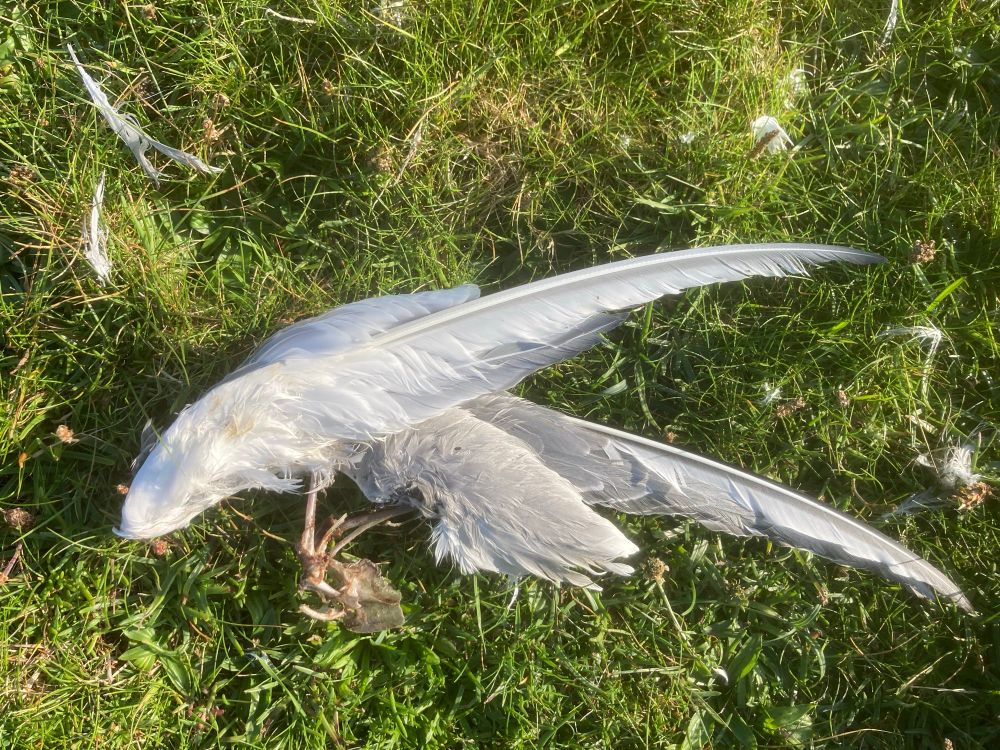
The beginning and the end for two Arctic Terns at Scatness yesterday evening. The adult may have become prey for a Peregrine; if so it was unlucky, given how few Peregrines are in Shetland. #BirdingScotland
14.07.2025 05:33 — 👍 6 🔁 0 💬 0 📌 0A paper describing the history of AviList and how the new unified global bird checklist was created has now been published - free to download until 1 September: rdcu.be/euZjH
08.07.2025 07:36 — 👍 12 🔁 8 💬 0 📌 0